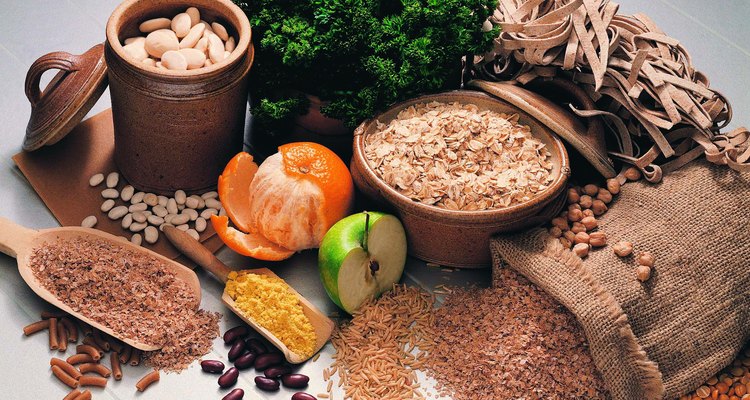
Brown rice is healthier than white because it's less processed, retaining more of its nutrients. That's a major benefit for the diet, but it poses a handicap for long-term storage. Brown rice has a significantly shorter shelf life than white rice related to its higher nutrient value. The bran that colors the rice is the source of the additional nutrients; the bran's oils spoil over time, ruining the rice. You can eat expired brown rice if the bran oils haven't turned, but even if you do accidentally eat rancid brown rice – unlikely, as the smell should stop you – it won't poison you, though there may be some gastrointestinal discomfort.
Major Difference
When packaged specifically with long-term storage in mind and kept in a stable environment, white rice can easily be stored for 25 to 30 years. Not so with brown rice -- not even close. Under the best storage circumstances, it should be used within two years of buying it. Brown rice as stored by the average consumer in a typical kitchen or pantry has a shelf life of about six months.
Increasing Average Shelf
With some extra care in storing brown rice, it is possible to increase its shelf life. Six months applies to the way people typically keep rice: in a kitchen cabinet or on a pantry shelf. Keeping brown rice in the refrigerator or, for even longer storage, in the freezer can significantly increase the length of time it can be kept. Prior to storing brown rice in a refrigerator or freezer, package it carefully to add protection against sources of moisture such as condensation. With these precautions brown rice can be stored and used for up to two years, well past the expiration date on the package.
Check Stored Rice Carefully
When cooking with stored brown rice, carefully inspect the rice for signs of deterioration or spoiling before cooking. If the bran oil has started to go rancid, the smell will be obvious – dank and musty, with a nose-crinkling sharpness. There are also visible signs of deterioration. The rice grains may look discolored and oily. The grains may even start to stick together in clumps. Depending on the degree of moisture the rice has been exposed to, there may be visible mold. Discard rice when deterioration or spoilage is detected. If the color and texture of the rice look fine and it smells like it should, it can be used without risk, even significantly past the expiration date.
Worth the Trade-Off
The dramatic difference in nutritional value between polished white rice and brown rice is well worth the trade-off in terms of diet and health. Storing nonperishable foods in case of emergency makes a lot of sense, and white rice is best for that. For daily eating, however, a shelf life measured in years isn't as important as the powerful nutritional value brown rice provides. In addition to being a good source of fiber and nutrients, it also offers important plant-based biological compounds including phytoestrogens and phenolic compounds, which have antioxidant and anti-inflammatory properties. Those benefits are worth buying smaller packages of brown rice more frequently.
Related Articles
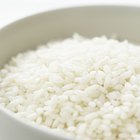
Proper Handling and Storage of Rice

How to Store Rice

How Long After a Sell-By Date Can You ...

For How Long Does Boxed Dry Rice Last?
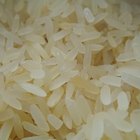
How Long Can I Store Uncooked Jasmine ...

Do it Yourself Long-Term Rice Storage

How to Cook Volcano Rice

How to Store Flours & Grains Without ...

How to Remove Starch From Rice

Does Flour Spoil?
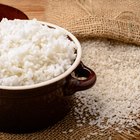
The Best Pot to Cook Rice
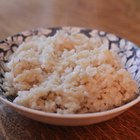
How to Cook Brown Basmati Rice
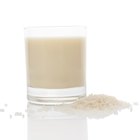
Rice Milk Nutrition Information

How to Cook Rice Without a Rice Cooker
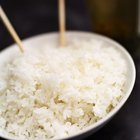
Safe Ways to Cook, Cool & Reheat Rice

Methods of Long-Term Food Storage for ...
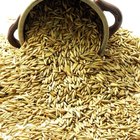
How to Store Oat Bran
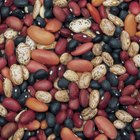
How to Store Dry Beans & Rice for ...

Quick and Easy Fried Rice Recipe
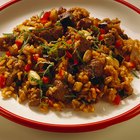
Brown Basmati Rice Cooking Directions
References
- University of Nebraska at Lincoln Cooperative Extension: Brown Rice; The Healthy Budget Stretcher
- USA Rice Federation: Brown Rice Basics
- Fox News: When Do Food Items Really Go Bad?
- Utah State University Cooperative Extension: Food Storage; White Rice
- Eat By Date: Shelf Life of Rice
- Nutrition and Cancer: Natural Phenolic Compounds from Medicinal Herbs and Dietary Plants; Potential Use for Cancer Prevention
Resources
Writer Bio
Sharon Secor began writing professionally in 1999, while attending Empire State University. Secor specializes primarily in personal finance and economics, and writes on a broad range of subjects. She is published in numerous online and print publications, including Freedom's Phoenix, the ObscentiyCrimes and the American Chronicle.
Photo Credits
Stockbyte/Stockbyte/Getty Images